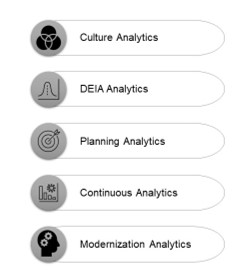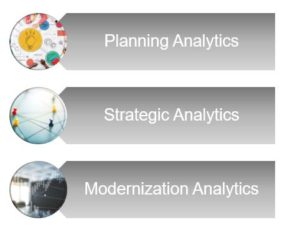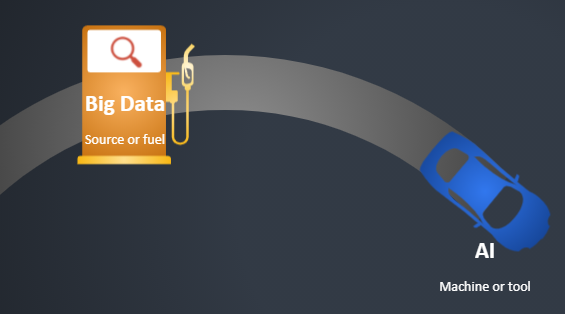
Diversity, Equity, Inclusion, and Accessibility should be part of every organization. As it begins to become part of more conversations, consider a few diversity statistics for the work force.
- Fifty-seven percent of employees think their companies should be more diverse.
- Forty-one percent of managers say they are too busy to implement diversity initiatives.
- The most gender-diverse companies are 21% more likely to experience above-average profitability.
- Although 90% of companies claim to prioritize diversity, only 4% consider disability in those initiatives.
- Although 90% of companies claim to prioritize diversity, only 4% consider disability in those initiatives, according to a report from the Return On Disability Group. And only a small subset truly serves customers with disabilities.
- Sixty-five percent of the LGBT community believes diversity and inclusion are essential to supportive company culture.
DEIA & the Workforce
In November 2021, the Government-Wide Strategic Plan to Advance Diversity, Equity, Inclusion, and Accessibility in the Federal Workforce was released in response to President Biden’s signing of Executive Order 14035, Diversity, Equity, Inclusion, and Accessibility in the Federal Workforce in June. This strategic plan not only provides a guide for the Federal agencies but also a good guide for the public. Thinking back to the statistics from the beginning, this strategic plan assists with understanding where organizations should focus or prioritize resources. To begin, there are five operating principles:
- use data and evidence-based decision making,
- focus on continuous improvement,
- adopt a collaborative whole-of-agency mandate with partnership engagement,
- prioritize accountability and sustainability, and
- understand the perspectives of the workforce and the customers.
Accomplishing these is not easy, but these are a good starting point. The priorities include safe workplaces, data collection, establishing a Chief Diversity Officer, DEIA training and learning, and others. Finally, an important section is the roadmap or implementation section. This provides direction for successful implementation of a DEIA plan including multiple roadmaps that align with each piece of DEIA.
Talent Analytics
Take note that this strategic plan recognizes with the first and second principles a need for data. Organizations must determine the current DEIA status to make the decisions and goals. Leadership will need to track any changes based on the goals to determine how the impact of the DEIA decisions. Understanding where the current situation is key to establishing goals for improvement.
To assist with this understanding, Quality Analytics Associates has partnered to provide a talent analytics solution that is driven by Artificial Intelligence (AI) with human support which ensures a comprehensive approach while reducing the risk of bias to the results. The solution consists of five areas focused on specific data collection – culture analytics, DEIA analytics, planning analytics, continuous analytics, and modernization analytics.

Culture analytics allows for the review of historical and current workforce culture data. DEIA analytics provides detailed historical and current data for DEIA. To assist with strategic planning, the solution offers planning analytics, continuous analytics, and modernization analytics. By using planning analytics, our solution will determine gaps in the data and develop surveys or focus group questions. With continuous analytics, the focus will be on determining trends for organization updates and changes. Finally, modernization analytics will analyze new data streams, integrate these with existing while classifying using AI our solution and link all data for interactive dashboard display.
Our Talent Analytics solution provides a comprehensive, view of an organizations historical and current DEIA state which will lead to more informed strategic planning. Contact us to learn more about our AI Supported Talent Analytics Solution.















